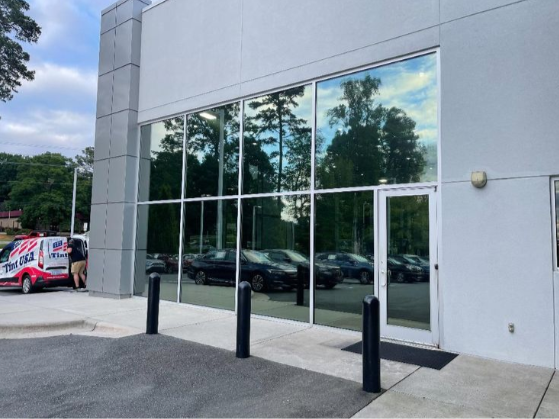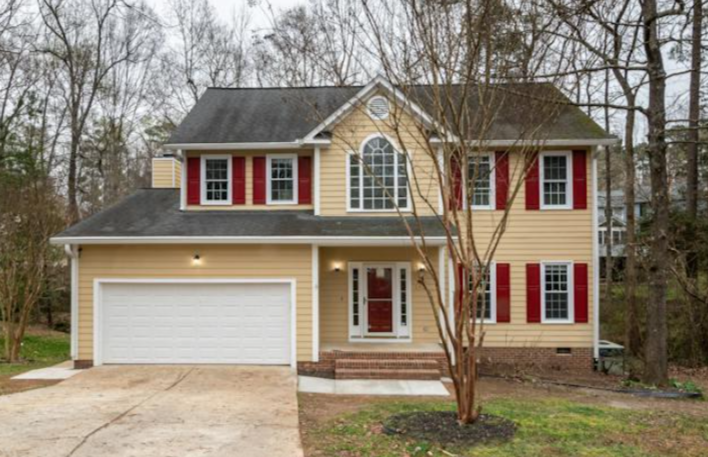Sustainable architecture is all about creating spaces that are efficient, comfortable, and environmentally responsible. As more businesses embrace green design, even small details like window treatments play a major role in sustainability. One smart upgrade that’s gaining attention is commercial window tinting. It doesn’t just enhance aesthetics—it transforms how a building functions day to day, supporting energy savings and long-term comfort.
Energy Efficiency Through Smarter Design
One of the biggest goals in sustainable architecture is reducing energy waste. Commercial window tinting helps achieve that by minimizing heat gain from sunlight. In warm seasons, tinted windows block a significant portion of solar radiation, preventing interiors from overheating. This reduces the need for constant air conditioning, leading to lower energy bills.
During colder months, tinted films help retain heat inside the building, balancing temperatures year-round. This two-way benefit improves the overall efficiency of HVAC systems and supports a smaller carbon footprint—key factors in sustainable design.
Commercial Window Tinting As A Green Building Feature
Commercial window tinting refers to applying a thin film over existing glass to control light, heat, and glare. In sustainable architecture, this simple addition can make a dramatic difference. The tint acts like a filter, letting in natural light while reducing harmful ultraviolet rays that can damage furniture and interior finishes.
Businesses that incorporate commercial window tinting often see measurable results—less fading, better indoor comfort, and a reduction in energy use. Over time, that means fewer resources consumed and a more eco-conscious workspace. In many modern buildings, this single change aligns perfectly with LEED certification goals and other green building standards.
Improved Comfort And Productivity For Occupants
A sustainable space doesn’t only serve the planet—it should also support the people inside it. Glare from direct sunlight can make offices uncomfortable and reduce productivity. Tinted windows create a more balanced lighting environment, allowing natural light to flow in without overwhelming brightness.
Employees and customers feel the difference immediately. The workspace becomes more pleasant, cooler, and visually comfortable. By reducing visual strain and heat discomfort, commercial window tinting enhances overall well-being—a subtle but powerful factor in sustainable architecture’s human-centered approach.
Environmental Protection And Longevity
Durability and longevity are essential elements of sustainable design. Window tinting extends the lifespan of building interiors and even the glass itself. Constant sun exposure can weaken glass integrity and fade flooring or furniture. The protective layer of tint helps prevent that degradation, reducing the need for frequent replacements or repairs.
This preservation not only saves money but also limits waste—keeping materials out of landfills. Sustainability thrives on such long-term solutions where prevention plays as big a role as innovation. In this sense, tinted windows are more than just an upgrade—they’re a lasting investment in responsible construction.
Aesthetic Appeal And Modern Value
Architecture isn’t just about performance; appearance matters too. Tinted windows give buildings a sleek, polished look while maintaining privacy. From office towers to retail stores, this subtle feature adds a sense of sophistication and professionalism.
In the world of sustainable architecture, aesthetics are not separate from efficiency. A building that looks modern yet functions sustainably reflects the values of progress and innovation. Commercial window tinting bridges that gap—merging visual appeal with measurable environmental impact.
Conclusion
Sustainability in architecture is about finding smart ways to reduce impact without sacrificing comfort or style. Commercial window tinting achieves all three. It lowers energy costs, enhances comfort, protects materials, and improves the building’s look—all while supporting a greener planet.




